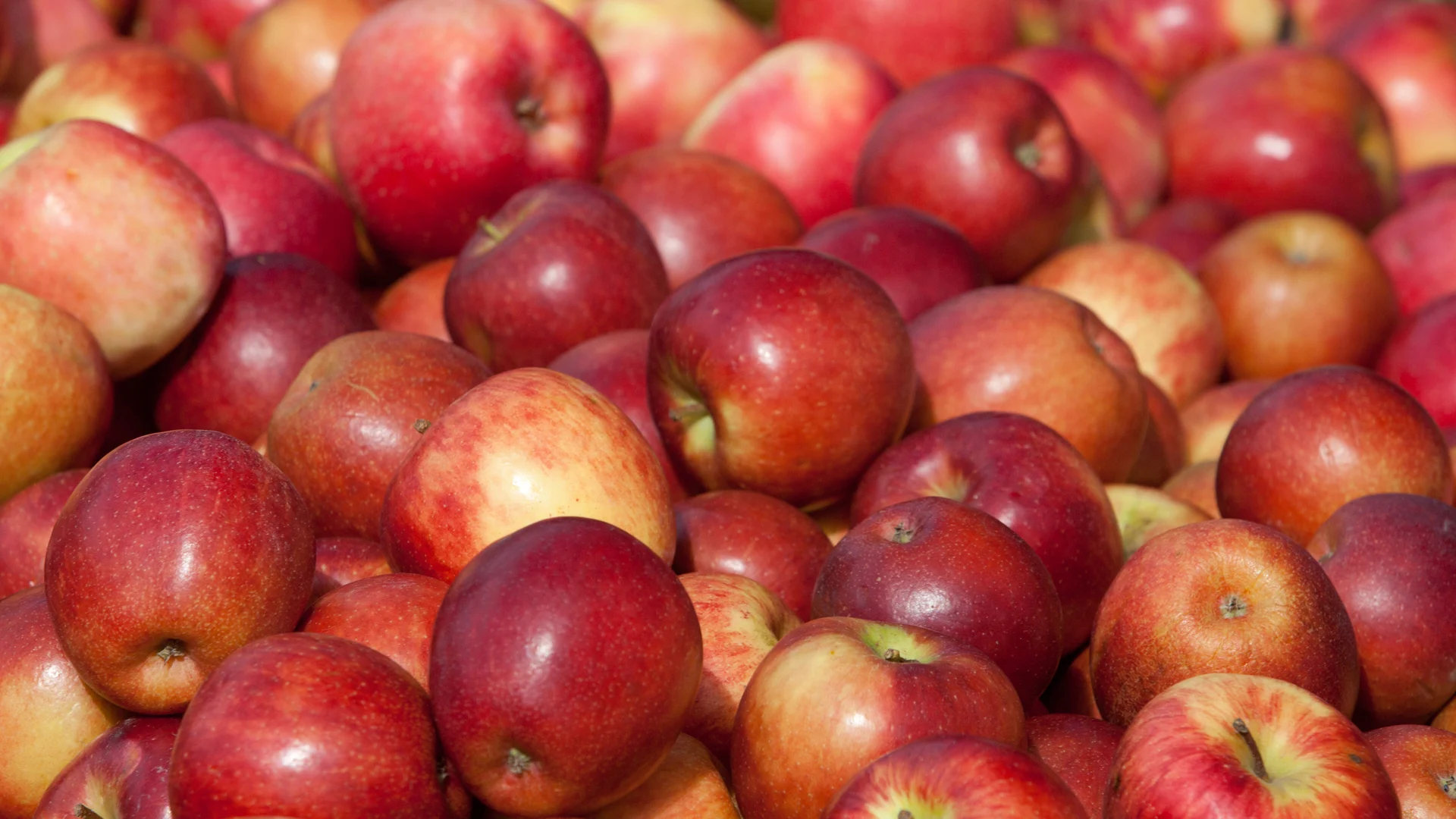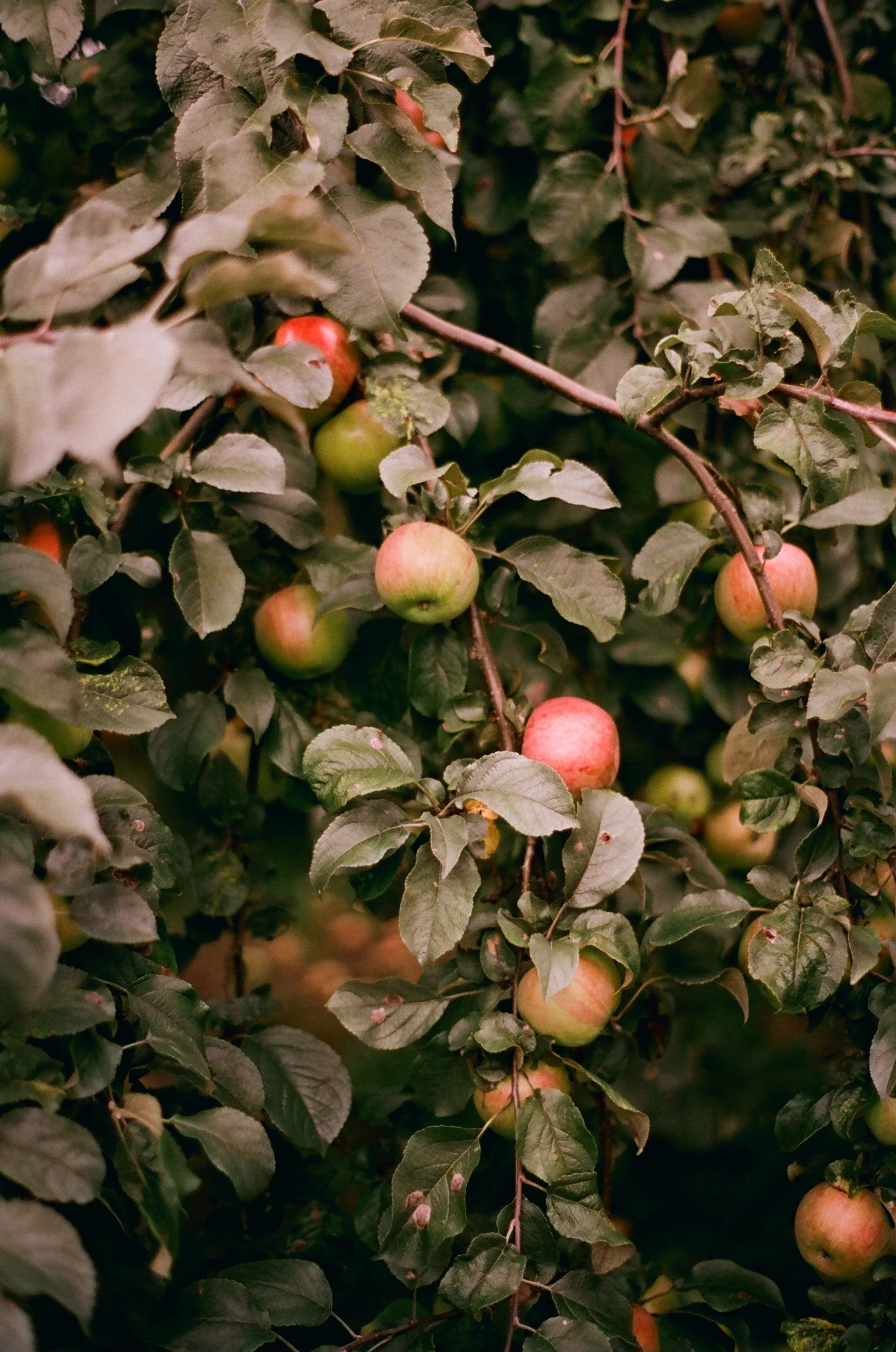Apple
Produces shades: golden to brown when cooked
Latin Name: Malus domestica
Pigment: Melanoidins and Melanins (after cooking)
E-number: not an additive
5 facts about apple
How apple is grown
Apple trees are perennial and prefer to grow in temperate climates. The trees vary in height depending on variety and produce multiple blossoms, with flowers emerging during the spring. The apples are then ready to harvest in the autumn.
Harvesting apples usually occurs once a year. The harvesting season generally lasts a few weeks, during which ripe apples are handpicked. Workers may need to visit the orchards multiple times to gather apples as they ripen at different times based on their variety and location within the tree.
Harvest calendar and growing areas
As apples are grown across the world, they can be harvested all year. The biggest producers include China, The United States, India, Russia and Poland.
What you should know about Apple as a food color
Apple juice itself has little color but using a proprietary cooking process, Oterra can produce stable golden to brown shades without caramelisation. This color comes primarily from Melanoidins and Melanins developed through both Maillard and Enzymatic reactions.
The resulting concentrate can be used as an alternative to traditional caramels due its excellent heat, light and pH stability.
Natural Strengths
Excellent heat and light stability
Unaffected by pH
Natural Challenges
May convey flavours to products when used at high dosages

